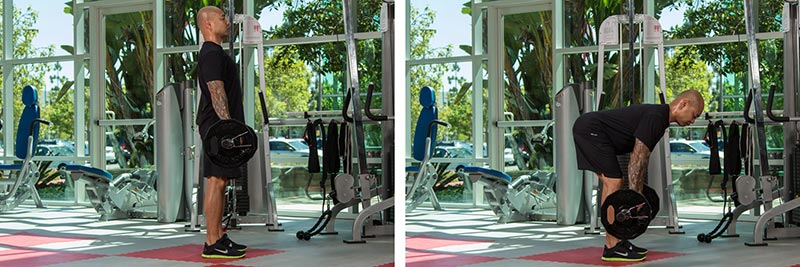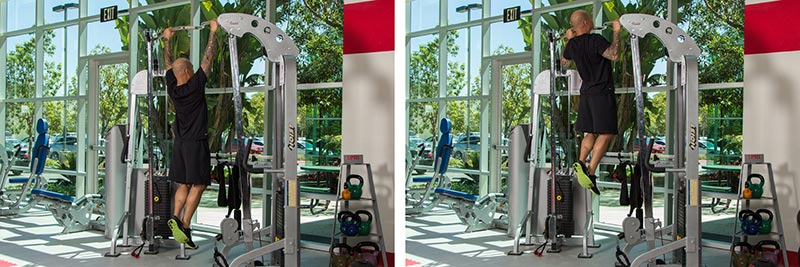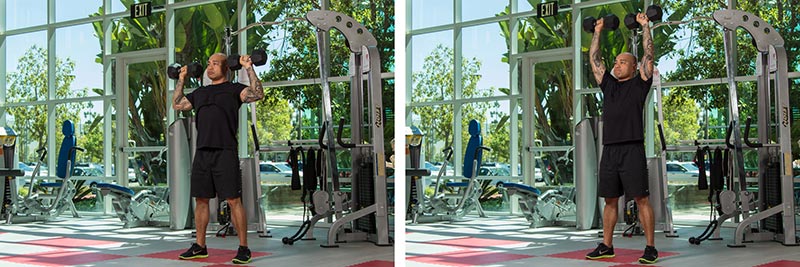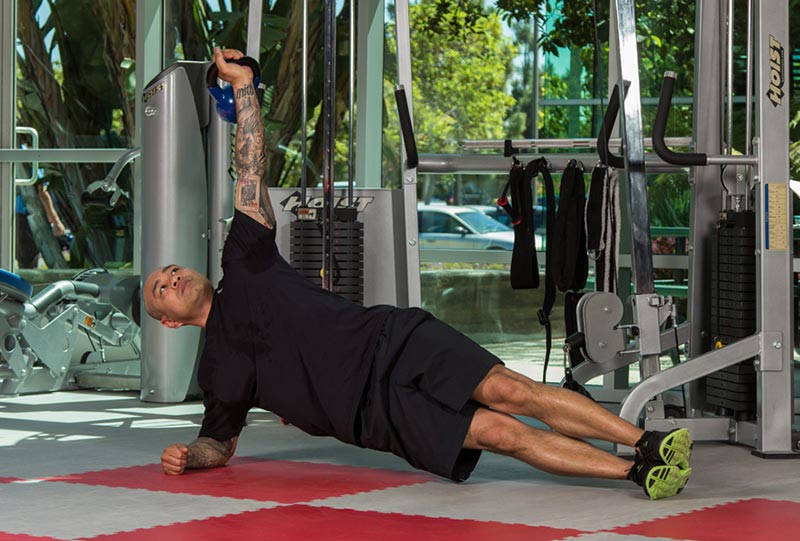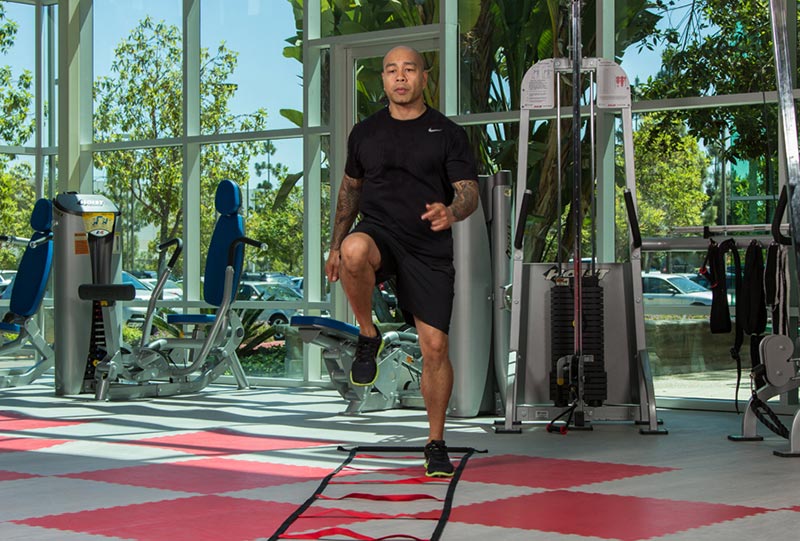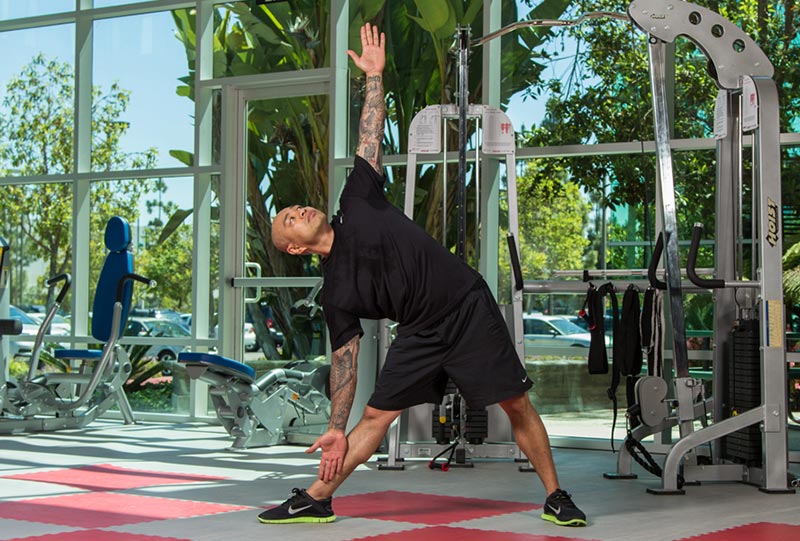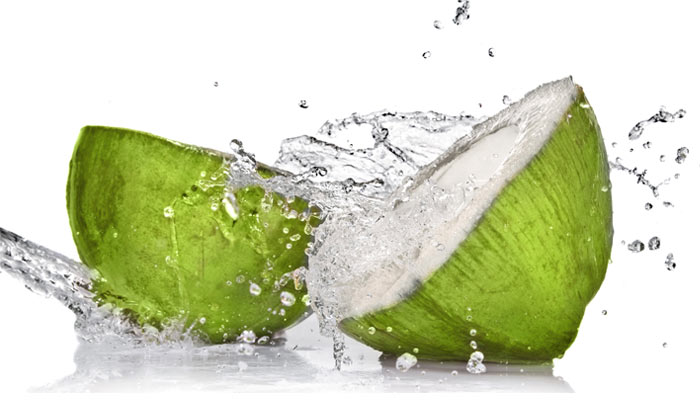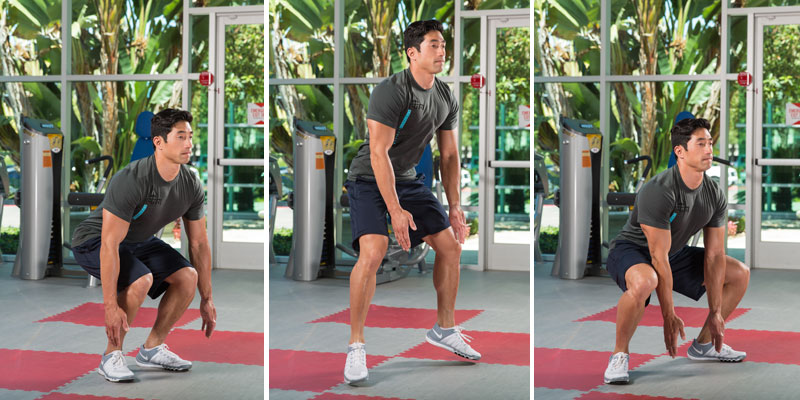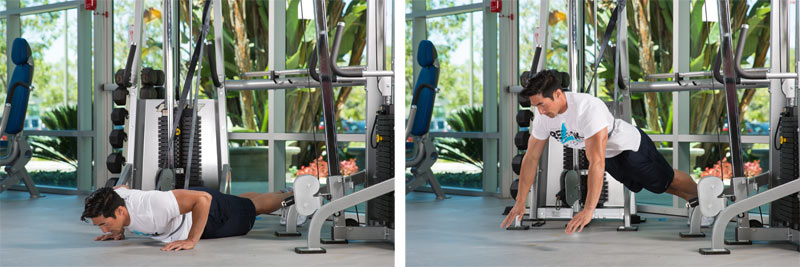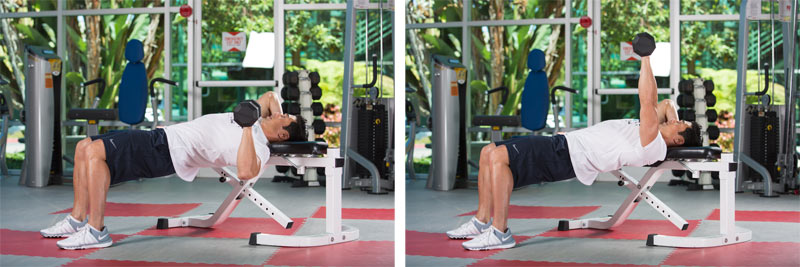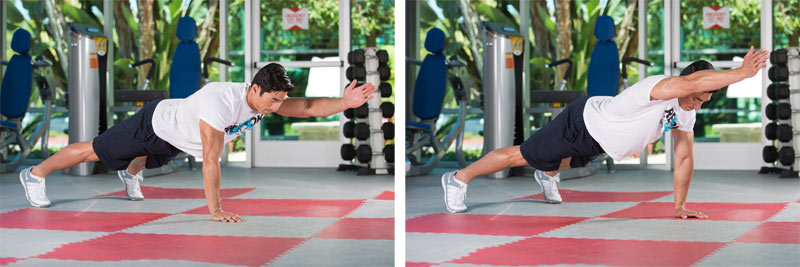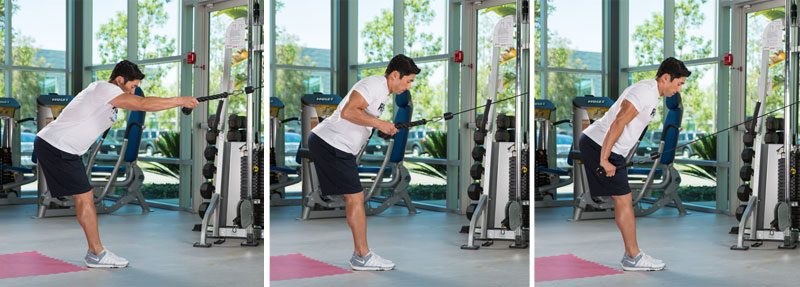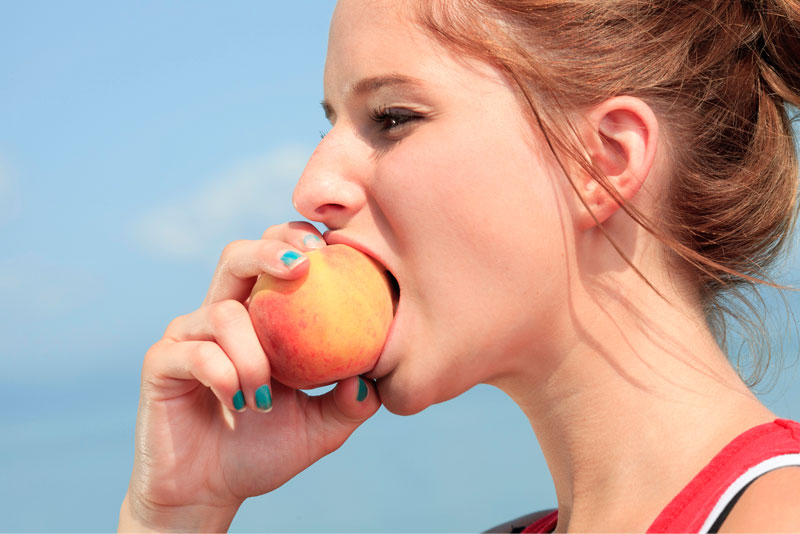Courtesy from ACE
We’ve all heard them, read them and often even made them a part of our diets. Nutrition myths may grow out of small and isolated pieces of research, personal success stories gone viral, or even outdated scientific findings and beliefs. Whatever their source, dietitians and health experts agree that it’s time to ditch these five nutrition myths that many of your clients still believe.
1. Gluten-Free Diets Are a Must for Health and Weight Loss
While gluten is a popular ingredient to avoid, there is still much confusion about it. This protein found in wheat, rye and barley (and the crossbred hybrids of these grains) is also a common addition to many kinds of foods to help them maintain their shape.If you or your clients are part of the approximately 1 percent of the population believed to suffer from celiac disease than this is no myth. In fact, those suffering from this severe immune-system response to gluten should avoid it entirely to prevent digestive symptoms such as pain and diarrhea as well as permanent intestinal damage and malnutrition.
With that said, the belief that adopting a gluten-free diet can help improve health and boost weight loss is a myth and may even do more harm than good:
- Gluten is commonly found in whole grains. When these sources are removed from the diet to avoid gluten, so are many nutritional benefits including a wide variety of vitamins and minerals, such as B vitamins and iron, as well as fiber. Studies show that whole-grain foods, as part of a well-rounded and healthy diet, may help lower the risk of heart disease, type 2 diabetes and some forms of cancer.
- While it has become a popular diet choice for weight loss (recent reports state that the gluten-free market in the United States has topped $4.2 billion), there is simply no evidence to support a gluten-free diet for weight loss. “Most experts recommend it only for those with celiac disease or gluten intolerance,” says David Katz, founding director of the Yale-Griffin Prevention Research Center.
2. Dairy is the Only Dietary Source for Calcium
-
We’ve all been told to drink milk for strong bones. While it’s true that milk, cheese and other dairy products are rich in bone-building calcium, they are far from being the only sources of this essential mineral, making this a nutrition myth to leave behind.
The Institute of Medicine recommends a daily dietary allowance of 1,000 milligrams of calcium for adults between the ages of 19 and 50, and 1,200 milligrams for women over 50. The best way to meet these recommendations is with a variety of calcium-rich foods including:
- Leafy greens such as kale and spinach
- Broccoli
- Sardines
- Soybeans and tempeh
- Low-fat dairy such as milk and yogurt
- Foods that are calcium-fortified
3. Fats Are Bad for You
Dietary fat has gotten a bad rap in recent decades, but the right fats are essential to a healthy diet and can even help support weight-loss efforts, which make this a nutrition myth to ditch.Health experts recommend including adequate “good fats” (monounsaturated and polyunsaturated) such as canola oil, olive oil, fatty fish and soybean oil in any healthy meal plan, while also limiting “bad fats” (trans and saturated) such as margarine, commercially baked goods, meats and full-fat dairy. A little goes a long way with this high-calorie nutrient, but the benefits speak for themselves. Adequate fat intake in a healthy diet is associated with:
- Vitamin absorption: The proper absorption of fat-soluble vitamins A, D, E and K depends on adequate dietary fat.
- Appetite control: The most effective strategy for managing appetite is to incorporate moderate amounts of fat into balanced meals and snacks as part of a sensible eating plan.
- Healthy mood: The brain relies on fats to produce feel-good chemicals serotonin and dopamine. Low levels of fats and feel-good chemicals can result in depressed moods, fogginess and the inability to concentrate.
4. Skipping Meals is Good for Weight Loss
It may seem like a good idea, but this long-standing nutrition myth can often undermine client progress. Skipping meals can lead to increased hunger and calorie intake later in the day. In addition, a study published in the journal Metabolism in 2007 found that otherwise healthy people who skipped meals throughout the day were at risk for dangerous metabolic changes because they ultimately consumed greater amounts of food at mealtimes. These metabolic changes—including elevated fasting glucose and delayed insulin response—could not only be factors for weight gain, but a dangerous precursor to diabetes.The most important factor with regards to healthy nutrition is balance—of both different types of nutrients and calories consumed throughout the day. The regular nutrition offered by a balanced eating plan provides essential fuel throughout the day and minimizes the risk of overeating due to excessive hunger.
5. Whole Eggs Are a Bad Choice
Previously ruled a food to limit or avoid due to high amounts of cholesterol, whole eggs are back in good graces thanks to recent research focusing on the lack of current science-based evidence that dietary cholesterol is linked directly with blood cholesterol, heart disease and hypertension. In fact, the 2015 Dietary Guidelines will reflect the advisory panel’s recommendation to lift restrictions on cholesterol because it is “not a nutrient of concern for overconsumption.”While the classic egg white is a good option for protein, many of the egg’s nutrients are found in the yolk:
- Besides having a relatively good amount of protein, the yolk also contains heart-healthy unsaturated fat, including omega-3s.
- Egg yolks contain essential nutrients such as riboflavin, vitamin D, vitamin B-12, choline and selenium.
References
Dietary Reference Intakes for Calcium and Vitamin D. Institute of Medicine, 2010Scientific Report of the 2015 Dietary Guidelines Advisory Committee. USDA, 2015
Carlson, O. et al. (2007). Impact of reduced meal frequency without caloric restriction on glucose regulation in healthy, normal weight middle-aged men and women. Metabolism, 56, 12, 1729–1734.
What is Gluten? Celiac Disease Foundation








